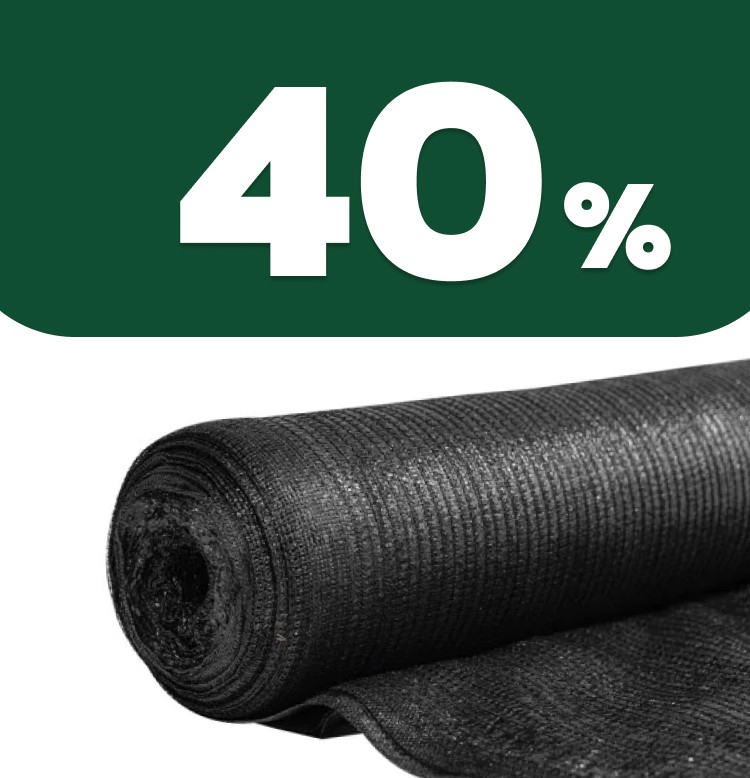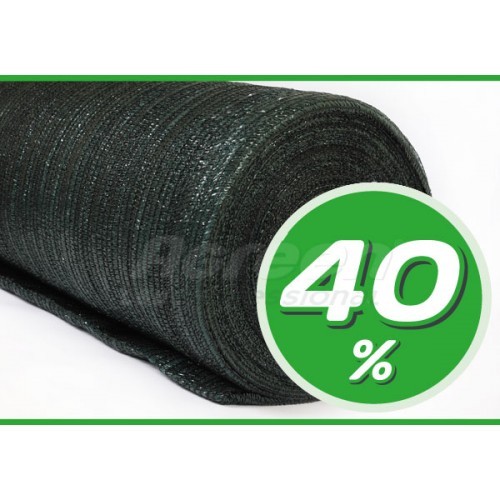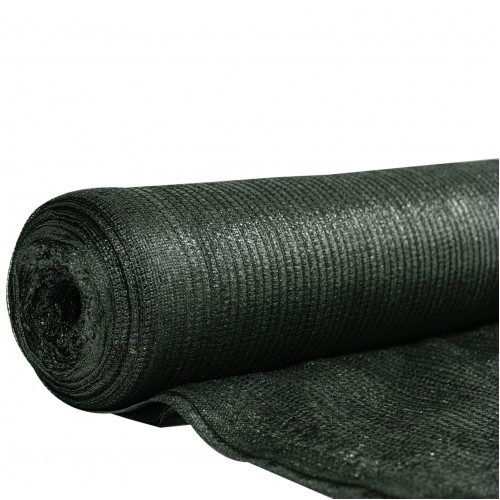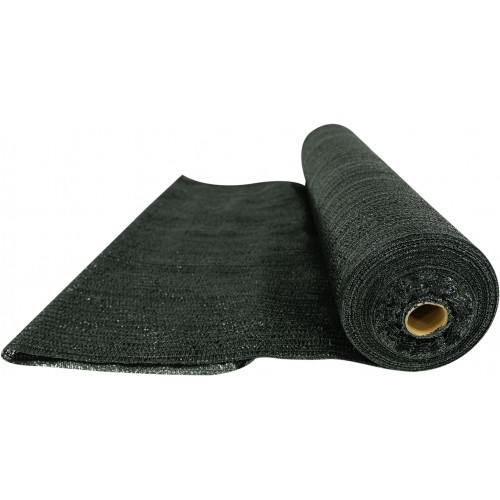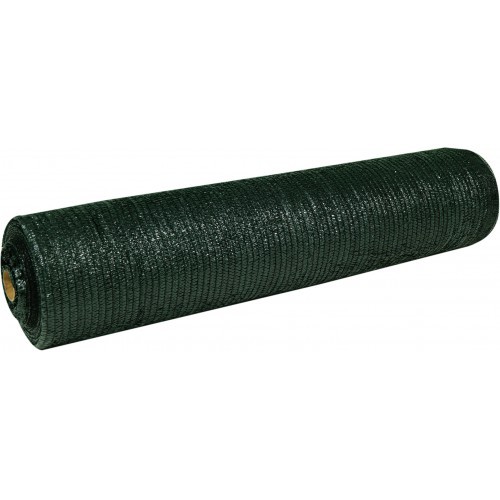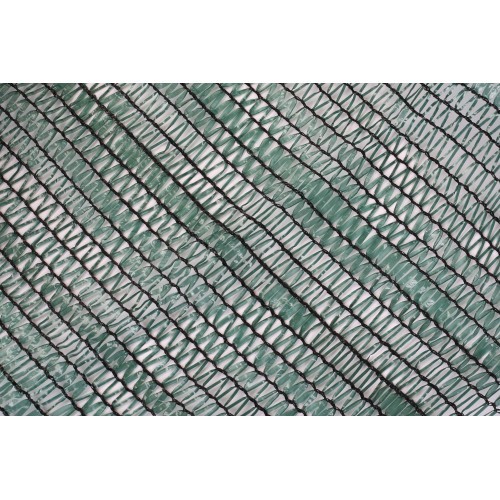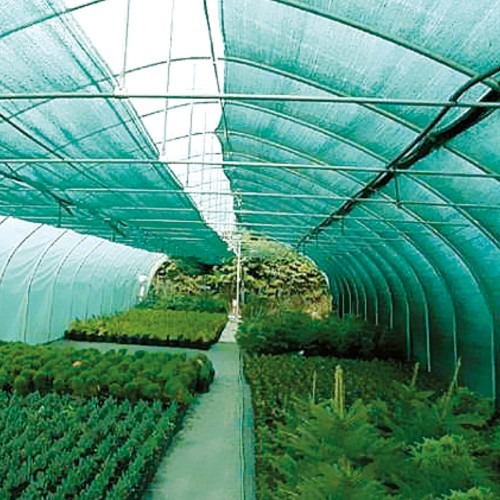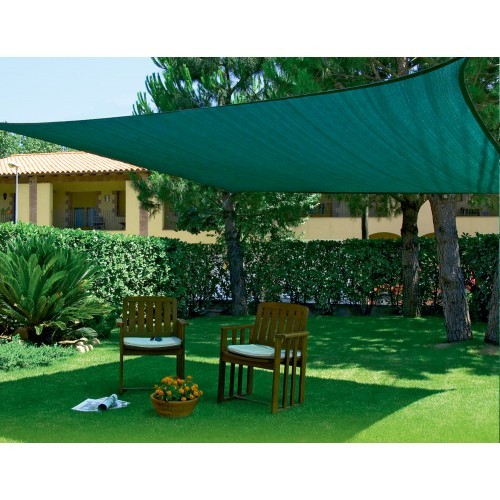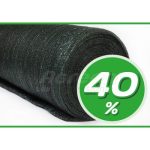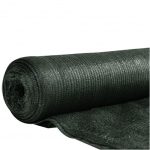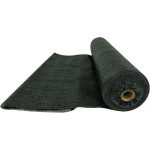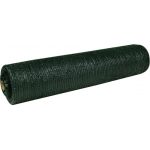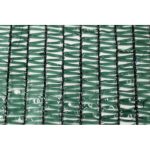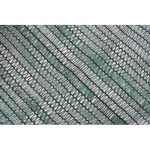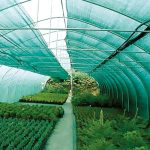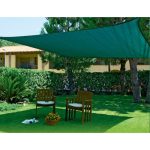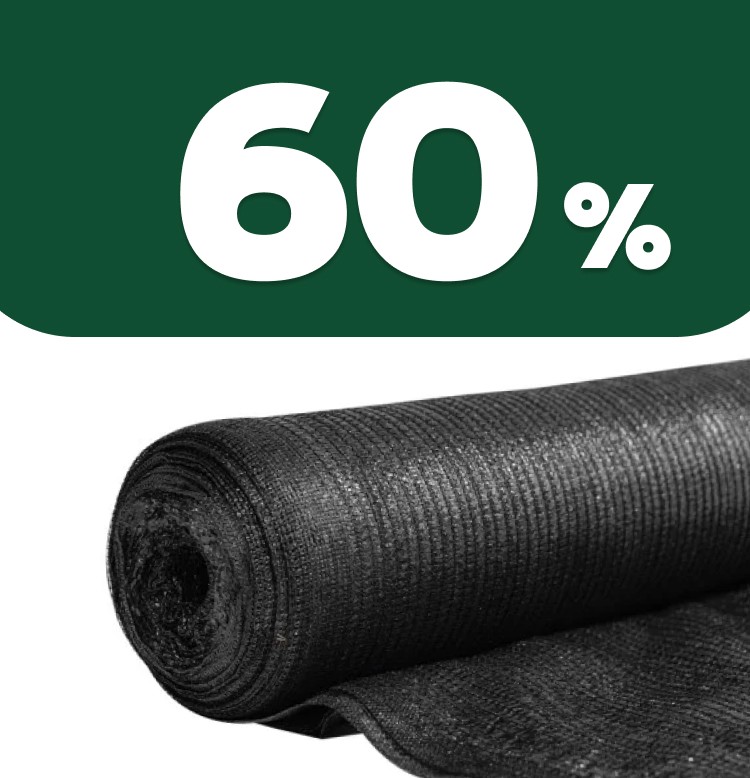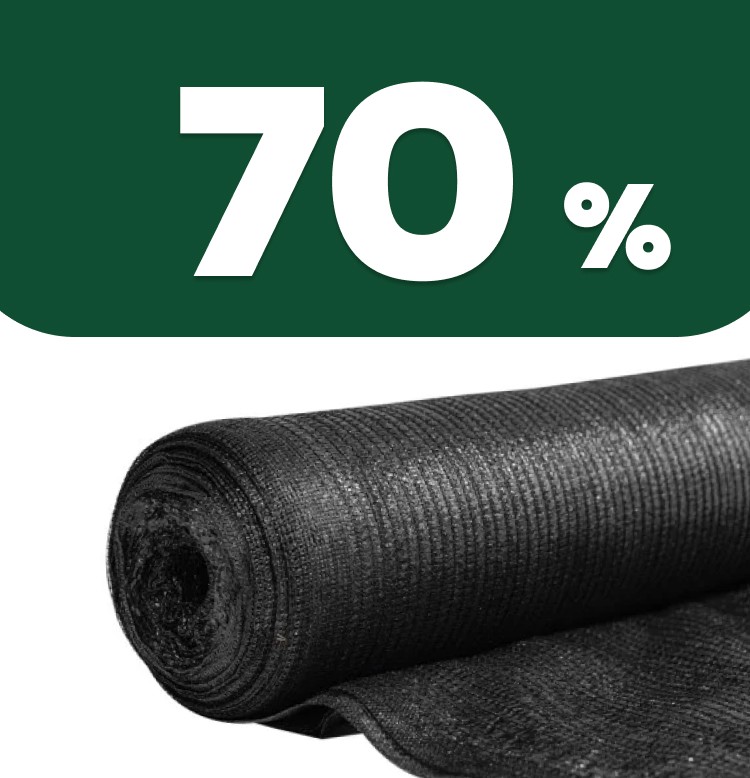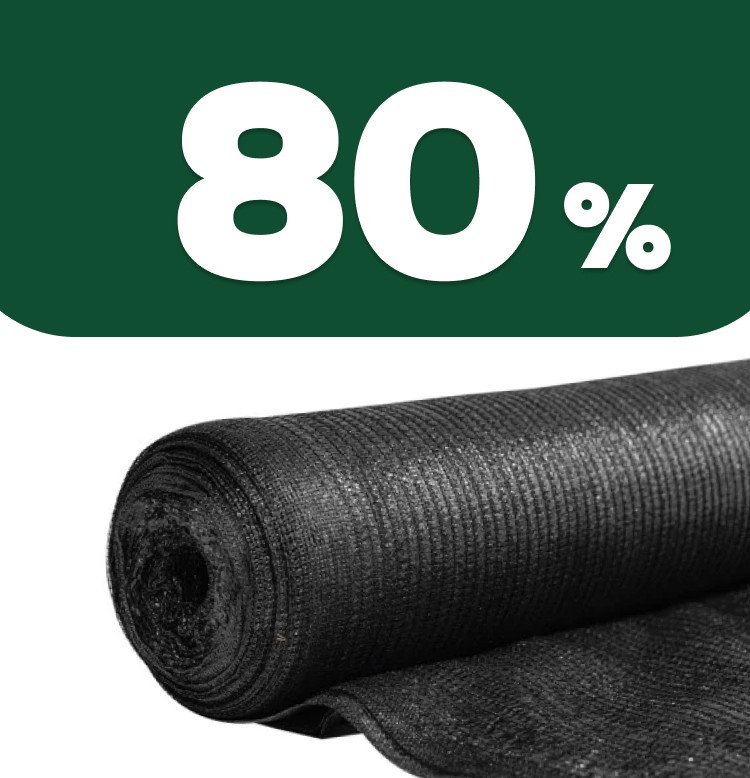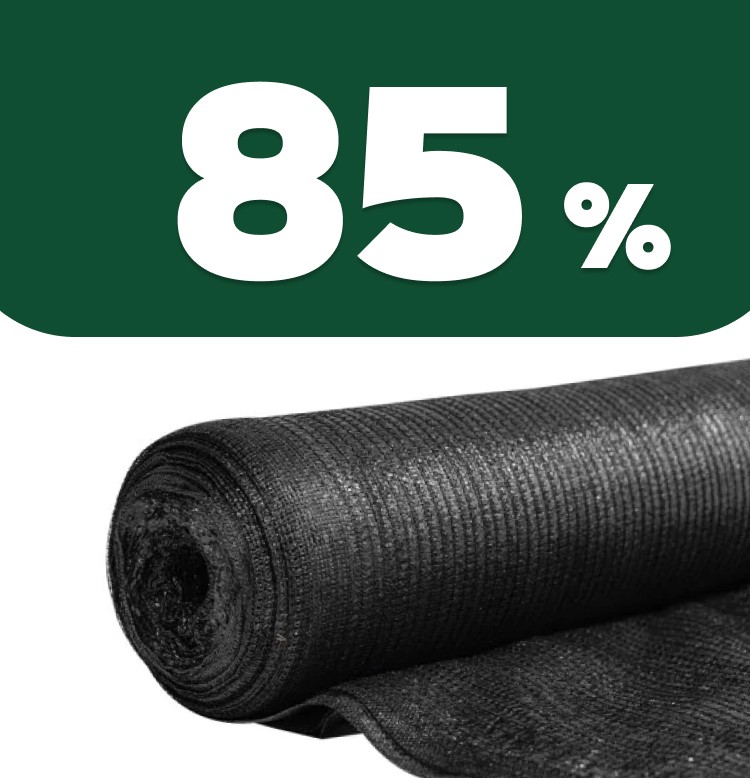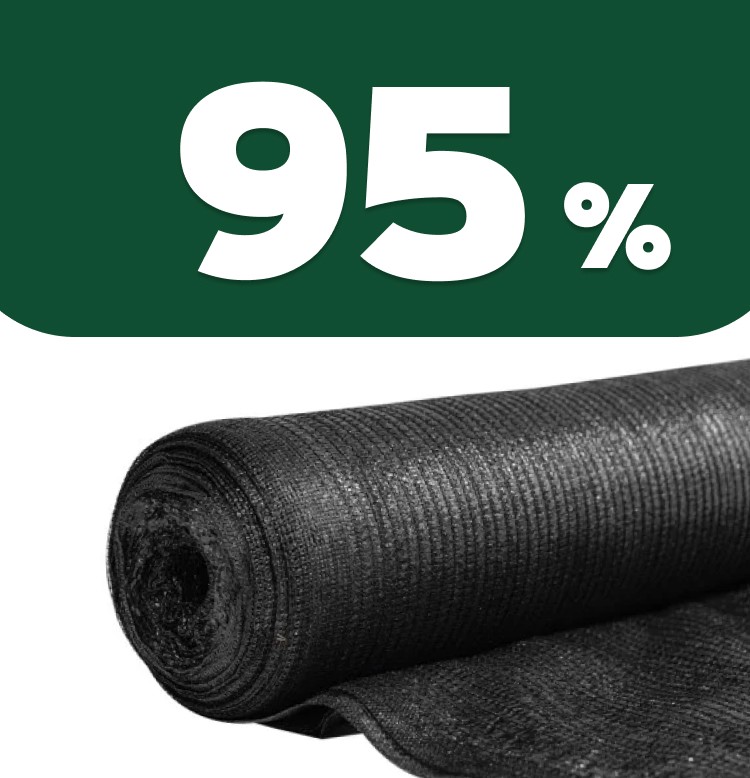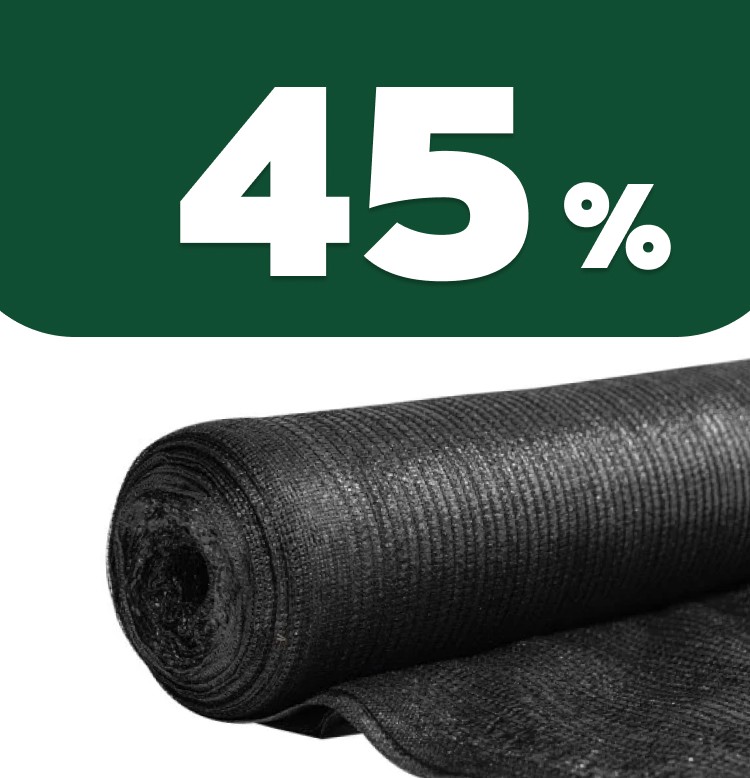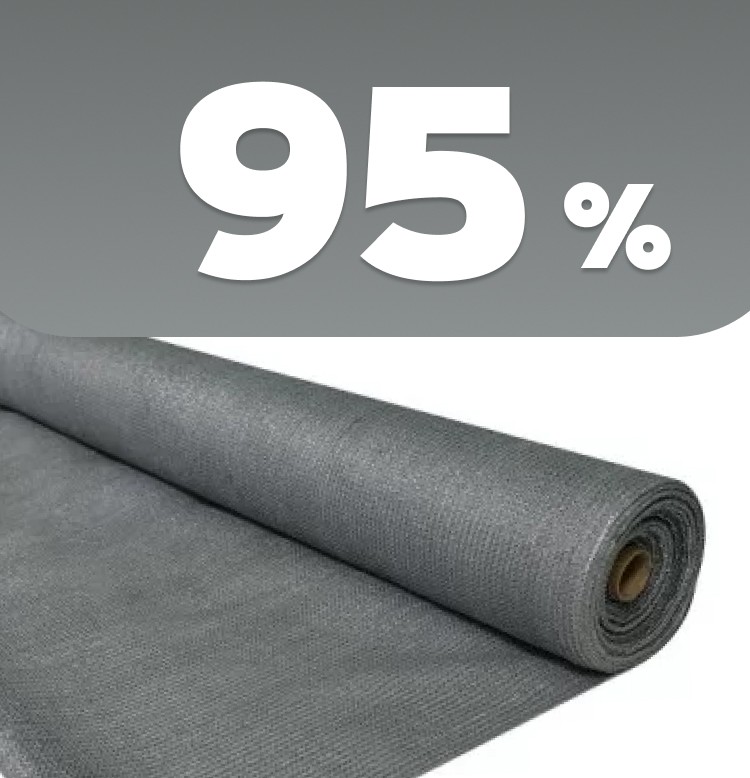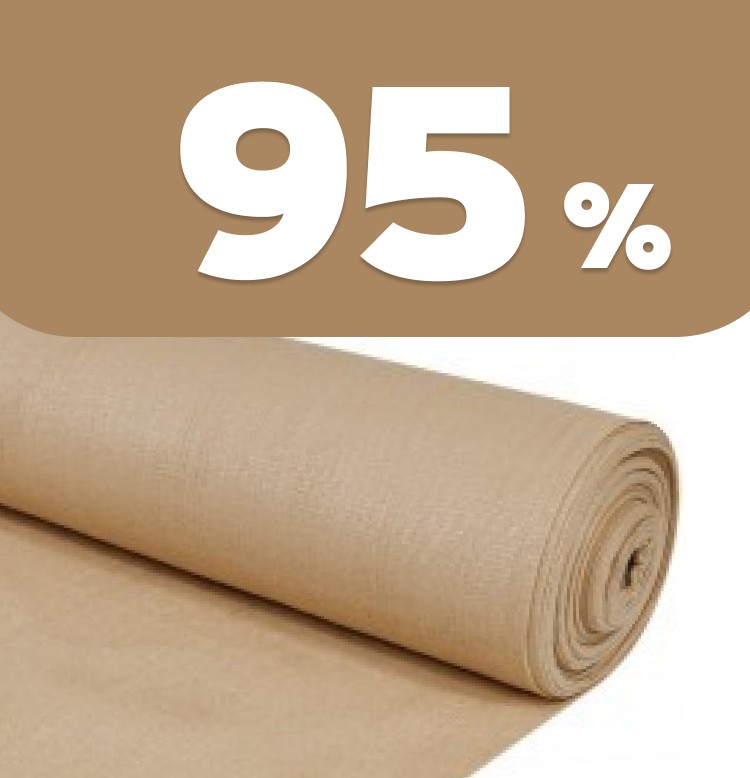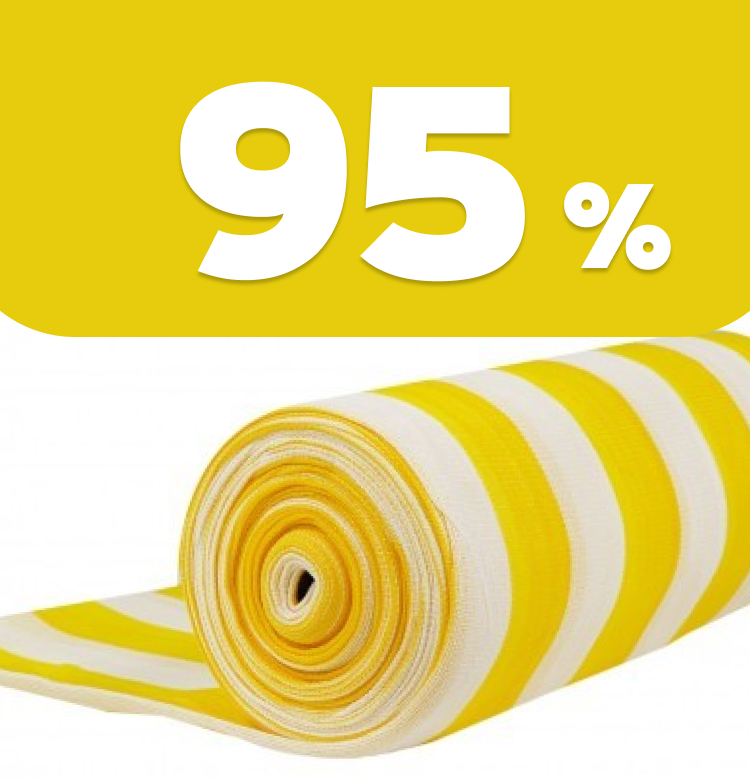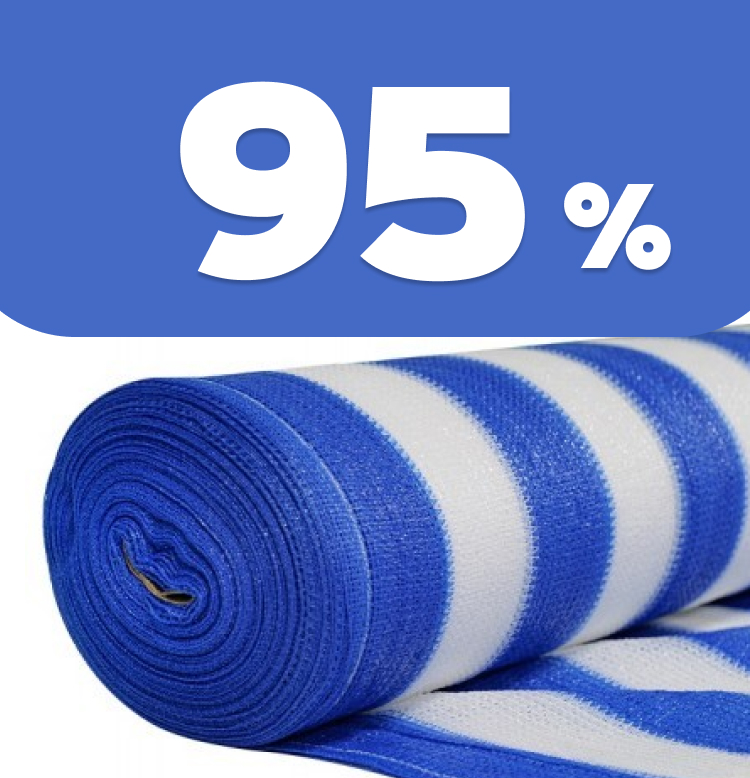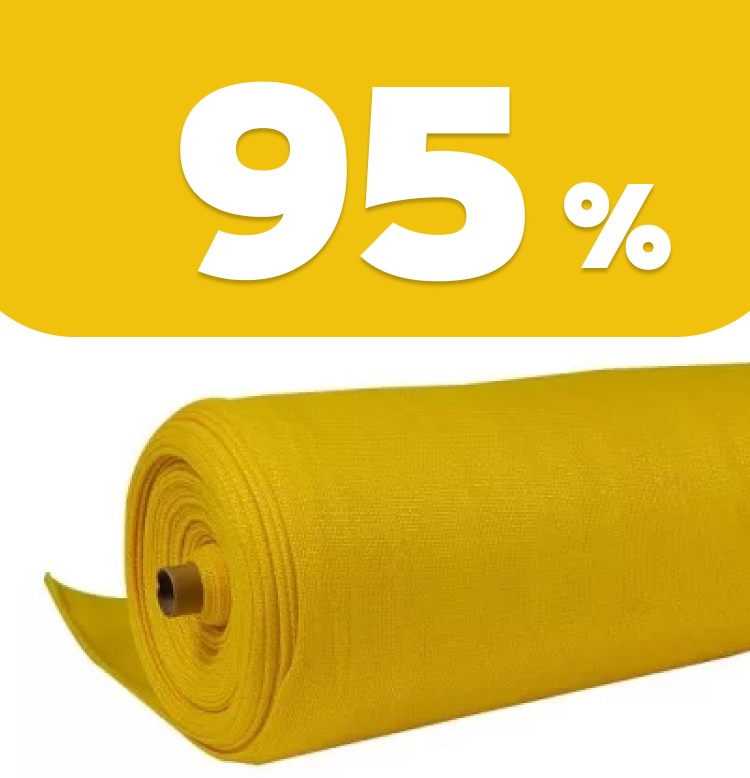Сітка затіняюча 40%
колір: зелений;
ступінь затінення: 40%;
стабілізація до дії ультрафіолетових променів: 3 роки.
Як джерело енергії для фотосинтезу сонячне світло є найважливішою умовою росту і розвитку рослин. Більш того, швидкість фотосинтезу, а отже, активність росту безпосередньо залежить від інтенсивності світла: що більше світла, то вище врожай.
Однак надмірна кількість світла не лише не корисна для рослин, а навіть шкідлива. З одного боку, з досягненням певного рівня освітленості відбувається насичення фотосинтезу: подальше підвищення інтенсивності світла не активізує накопичення хімічної енергії. Рівень світлонасичення є нижчим для тіньолюбивих рослин і вищим – для світлолюбивих, але і для тих, і для інших в сонячний день цей рівень перевищується у кілька разів.
З другого боку, на фотосинтез витрачається лише дуже незначна частина енергії сонячного світла. Інша ж іде на нагрівання ґрунту і поверхні рослин, а від них – повітря. З підвищенням температури збільшується витрата енергії на транспірацію і дихання рослин. За екстремально високих температур рослини витрачають більше енергії, ніж утворюється в результаті фотосинтезу. Як наслідок, ріст рослин гальмується, що призводить до недобору врожаю. Якість врожаю для багатьох рослин, особливо декоративних, також значно погіршується.
Ситуація ускладнюється, якщо коріння рослин не отримують достатньо вологи для нормальної транспірації. Водний дефіцит запускає низку негативних фізіолого-біохімічних змін у рослині, виснажує її, перетворює на легку мішень для хвороб і шкідників.
Тож найважливішим чинником підвищення кількості та якості врожаю є зменшення інтенсивності сонячного світла, що надходить до рослин в весняно-літній період. Для рослин відкритого ґрунту оптимальне рішення – використання затіняючої сітки. З одного боку, вона затримує надмірну сонячну радіацію, з другого – заломлює і більш рівномірно розподіляє сонячне світло.
Ступінь затінення сітки визначається матеріалом, з якого вона виготовлена, розмірами нитки і малюнком сітки, тобто характером переплетення ниток.
Фіксується сітка за допомогою металевих, пластикових або дерев’яних каркасів, промислового виготовлення або саморобних.
Аналогічно зазначені сітки затіняють рослини закритого ґрунту. При цьому слід зазначити, що для теплиць, як скляних, так і плівкових, асортимент можливих засобів для зменшення інтенсивності сонячного світла значно ширше. Більш високий рівень регулювання мікроклімату в теплиці передбачає підвищені вимоги й до затінення. Загалом воно має бути диференційованим, тобто забезпечувати високе світлопропускання в похмуру погоду і затримувати надлишкову радіацію в сонячну.
Ідеальний інструмент для цього – система зашторювання. Затіняючий екран закривається при високій освітленості та відкривається при низькій. Як затіняючий матеріал використовується сітка або спеціальна тканина.
